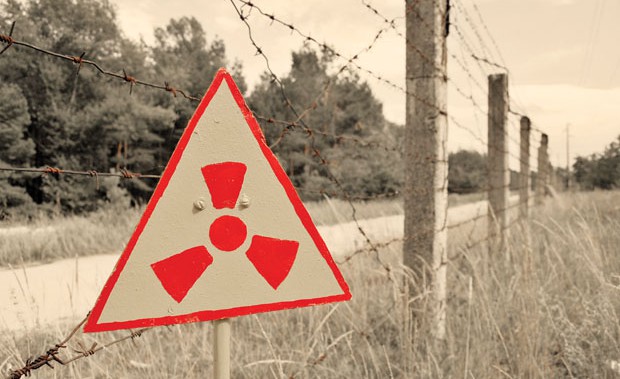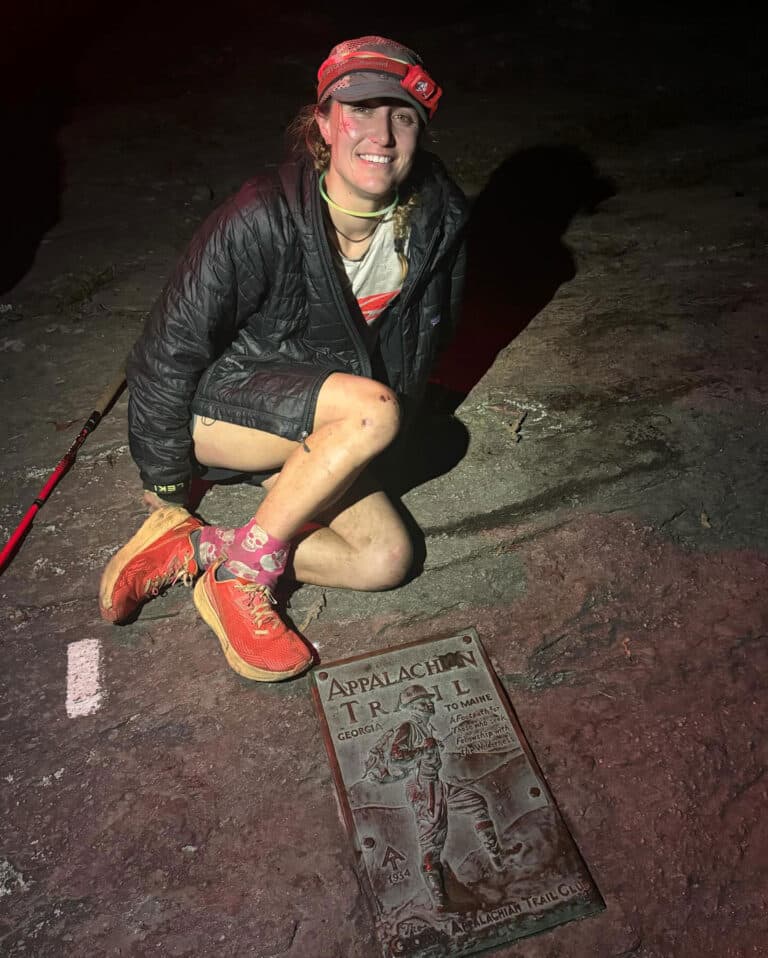Virginia Uranium plans to dispose of its nuclear waste in two ways: first, by dumping it into landfill-like containment structures, and second, by dumping it back into the mine shafts. Virginia Beach’s study found that the containment structures would be particularly vulnerable in cases of severe weather leading to flooding. If the structures failed, the city found, radioactive material could flow into the Kerr Reservoir and Lake Gaston, contaminating the water supply for Virginia Beach, Norfolk, and Chesapeake. Such an accident could force officials to shut off public water for up to two years.
While Virginia Beach is looking at the local water supply, outdoor enthusiasts and environmental advocates say that communities and economies all along the Roanoke River could be impacted. Cale Jaffe, a senior attorney for the Southern Environmental Law Center, stresses that the river flows all the way from Virginia’s Blue Ridge Mountains to North Carolina’s Outer Banks. “There is a very diverse economy throughout the watershed,” Jaffe said. “There is a very robust tourism economy in the East. There is agriculture all along the watershed.” Pittsylvania County alone, for instance, is home to over 1,300 active farms. Four of Virginia’s biggest dairy farms sit just 15 miles away from the Coles Hill site. Jaffe says if any farmers are affected by groundwater contamination, it is not clear whether or how they might be compensated.
The Roanoke is also a popular destination for paddlers and anglers, with many greenways and blueways throughout its watershed. Camping platforms line the river from Halifax to Albemarle Sound. “I don’t want to paddle a radioactive river,” says Gene Nicholson, a canoeist who takes weekend trips down the Roanoke each year.
A Matter of Energy?
One of the main arguments in favor of uranium mining is that it would promote energy independence in Virginia and in the United States. But there is no guarantee that uranium produced in Virginia would become energy in Virginia—or even in the United States.
“Uranium is a globally traded commodity,” Jaffe points out. “Once it leaves here, it enters that larger global market.”
Nuclear industry advocates still frame Virginia uranium mining as an energy issue, though. In an op-ed for the Danville Register & Bee, local retired nuclear engineer Randy Randol wrote, “Virginia has to do its fair share to produce what we consume…The Coles Hill uranium deposit will be a significant fuel supply source for nuclear power in Virginia, providing 75 years of fuel for our current plants.”
But Virginia Uranium Inc. says that it only has so much control over where its uranium will end up. “Even if we were going to make the statement that we were only going to sell to domestic utilities, those utilities can do with that material whatever they see fit,” Wales said.
The company does not yet know which utilities it will work with if a ban on mining is lifted.
Precedent Debate
One reason for banning mining back in 1982 was the state’s wet climate. Virginia’s heavy rainfall will be a major obstacle to safe disposal of radioactive waste. “The places where uranium mining has been dominant—Arizona, New Mexico—are arid places where the rate of evaporation greatly exceeds the rate of precipitation. Virginia is the exact opposite.” An extreme weather event like a tornado, a flood, or a hurricane could result in a catastrophic nuclear accident. “The question is, are you comfortable living with those risks in perpetuity?”
Virginia Uranium points out, however, that there have been examples of uranium production in areas of the U.S. that are prone to severe weather. Uranium recovery plants in both Florida and Louisiana have produced uranium as a byproduct of phosphate. Since those operations were not dealing solely with uranium, Jaffe counters, “It’s a completely different scale. They are not even comparable.”
And even arid regions have experienced health and environmental hazards from uranium mining. In 1979, one of the world’s worst radioactive accidents occurred when New Mexico’s Church Rock Uranium mine collapsed, spilling 90 million gallons of liquid radioactive waste and 1,100 tons of solid mill waste into the Puerco River. The amount of radiation released was on par with the amount released during the Three Mile Island nuclear accident in Pennsylvania.
Piedmont Environmental Council president Chris Miller says that nuclear companies may intend to do better in the future, but that doesn’t mean they are willing to put forward the resources necessary to adequately plan for disasters. “It’s an engineering and cost factor,” he says. “In Japan, we found out that the [Fukushima Daiichi] nuclear plant was designed for smaller earthquake and tsunami incidents. They made a decision to save money by not engineering for the worst case scenario.”








